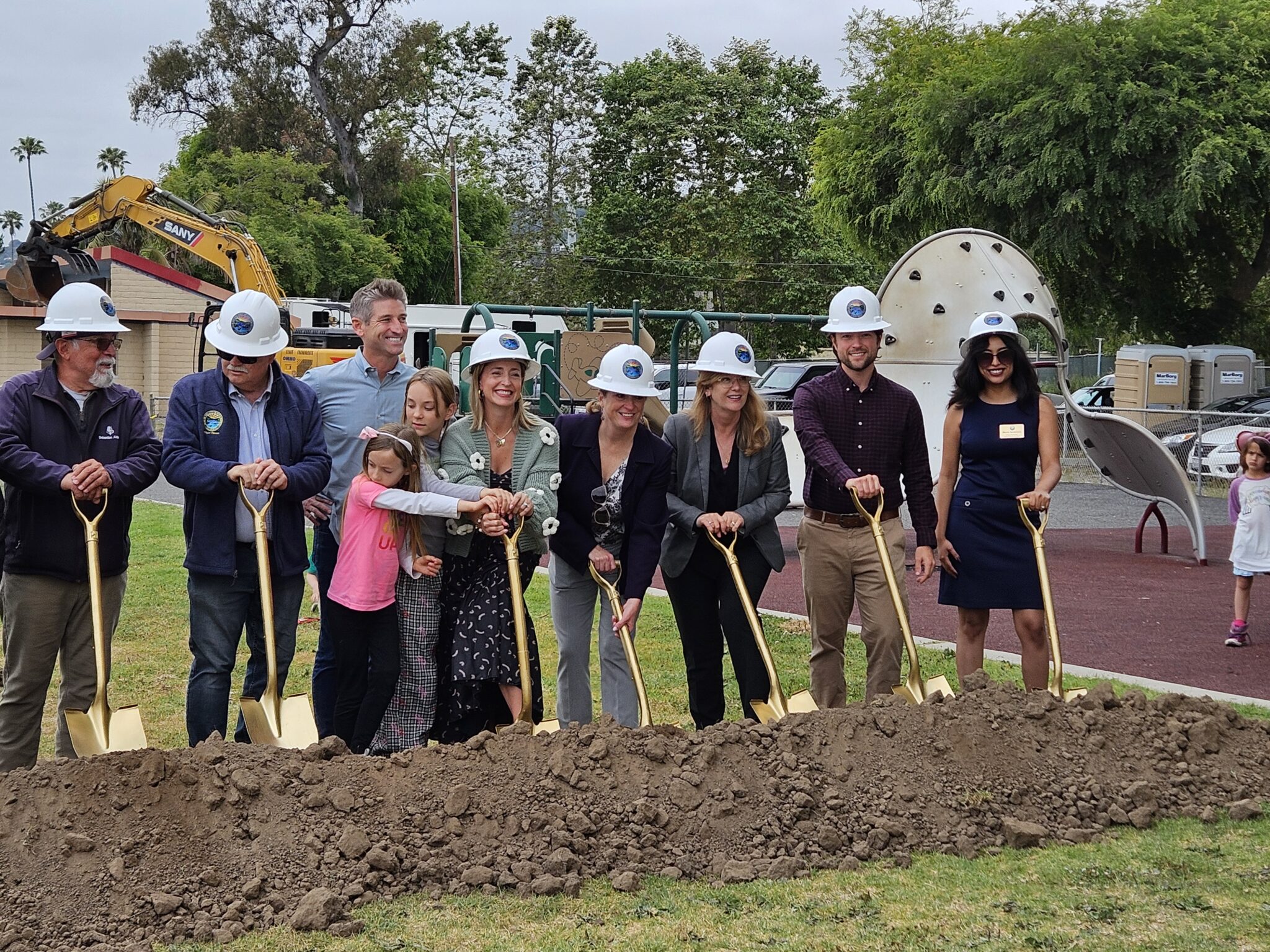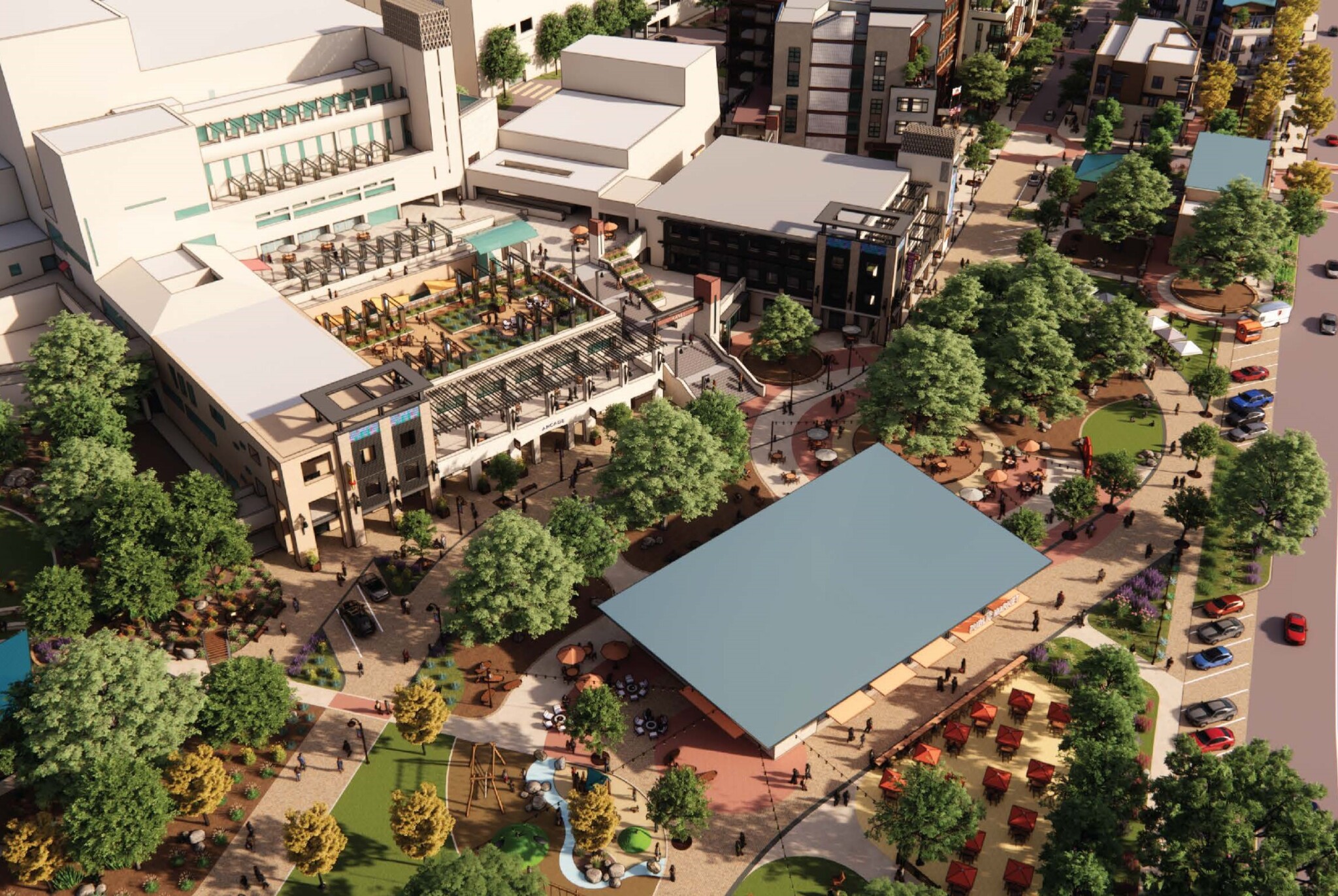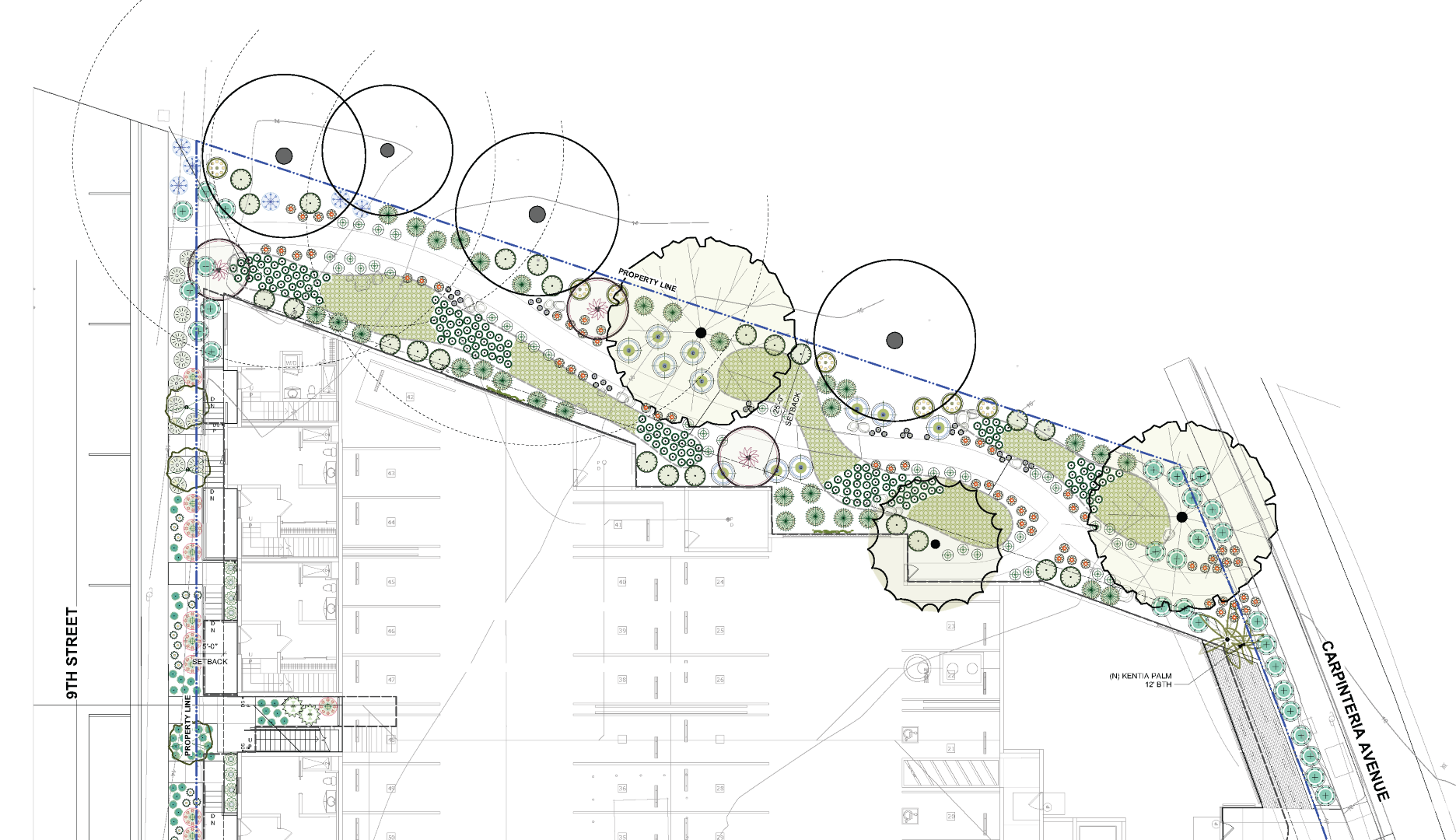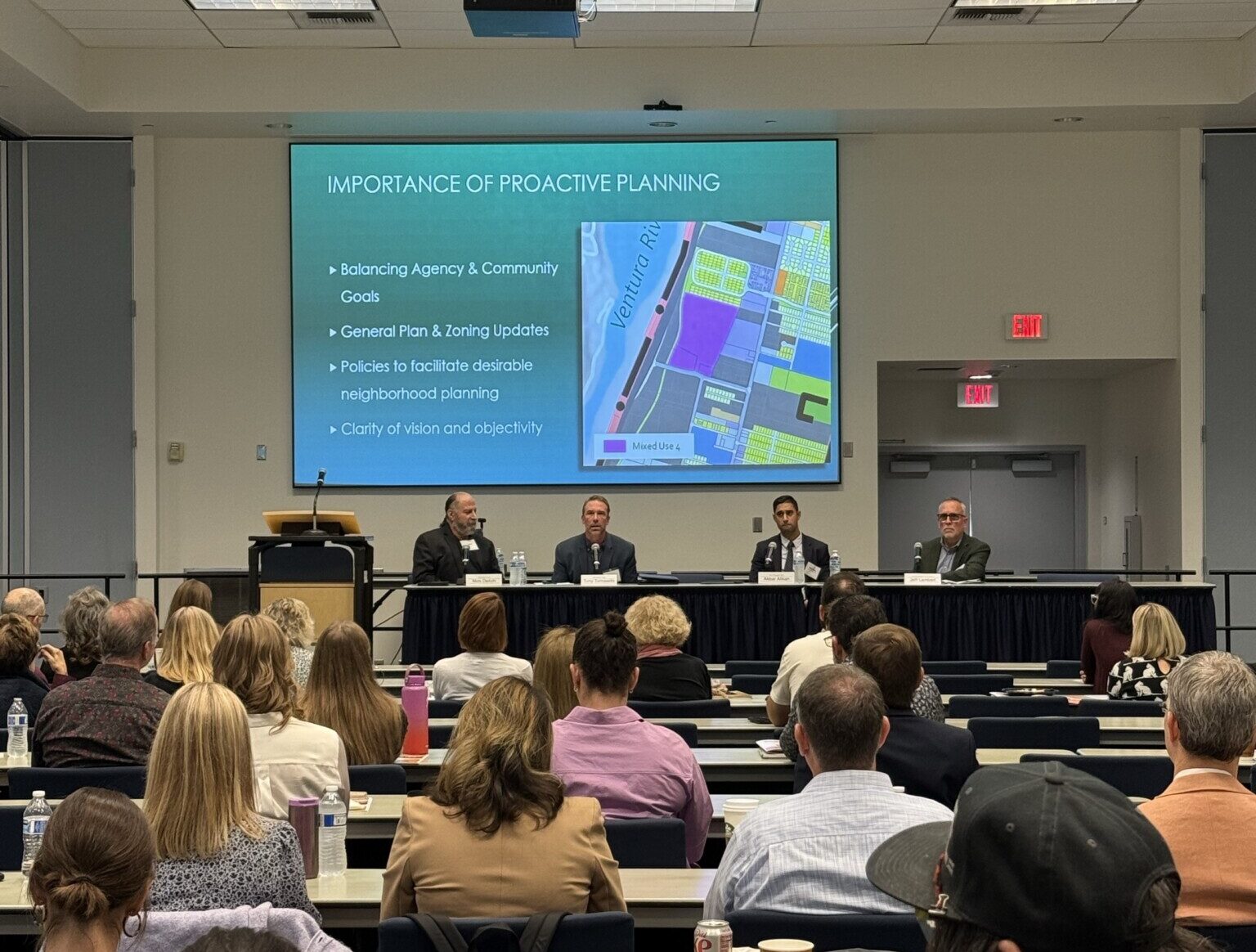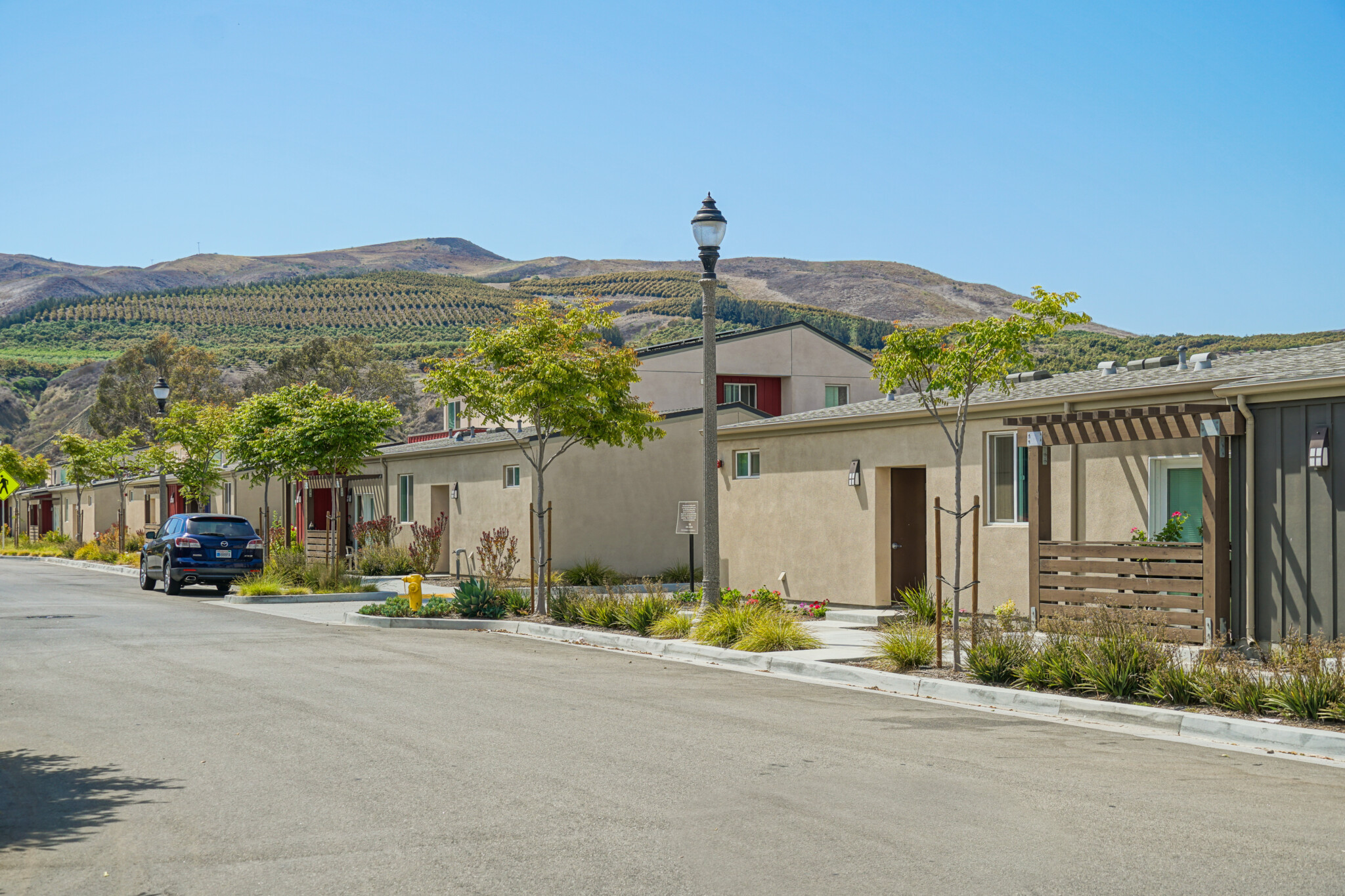Laetitia winery wants to build up to 101 homes in rural Nipomo
From the San Luis Obispo Tribune (www.sanluisobispo.com)
By: Kaytlyn Leslie
April 27, 2015
A new housing development is in the works on the Laetitia Vineyard and Winery property in rural Nipomo, though it will likely be three to five years before any homes are built.
According to planning documents submitted to the county, Laetitia’s owners are proposing to build an agricultural cluster — similar to the Biddle Ranch and Edna Ranch housing projects elsewhere in San Luis Obispo County — that would potentially bring up to 101 new homes to the area.
About 1,802 acres out of the 1,910-acre property would be preserved with open space agreements, with the homes and other development taking up the remaining 108 acres.
“There isn’t anything like this in South County,” said project manager Victor Montgomery of RRM Design. “It’s going to be a much more discreet project than what I think people in the area are used to.”
The winery owners are asking the county to subdivide parts of the 1,910-acre property into one-acre parcels that would be available for potential buyers to purchase and build homes on. Those houses would be located throughout the property in small clusters and would be governed by a homeowners association, Montgomery said.
The project has been in the works since 2004 and has undergone numerous redesigns following community and county input over the years, Montgomery said.
During that time, the chief concern of both the community and county officials has been responsible water use, he said.
The new development is estimated to use about 46.3 acre-feet of water a year.
Water for the development would come from four of the property’s 15 existing wells. The applicant has proposed establishing a mutual water company to manage the water delivery system, as well as a new tertiary wastewater treatment and disposal system that would be built on the property along with the homes to recycle water for irrigation.
Montgomery said the winery owners conducted a series of water pumping and monitoring tests with an independent hydrogeologist over a two-year span to determine whether the property’s wells could sustain a project of this size. Those tests were also reviewed by a county-chosen hydrogeologist and an additional third-party consultant.
“I’ve been at this for 39 years, and this is by far the most extensive water testing I have ever seen from a private owner,” Montgomery said.
The new homes would also have strict water-use restrictions, such as prohibiting more than 300 square feet of turf grass and 1,500 square feet total of irrigated landscaping. The homes would be served by two water meters — one for inside water use and one for outside — so the homeowners association could have the option of turning off the outside water meter if any residents violate the irrigation regulations.
In addition to the housing clusters, the winery owners would build a 1.4-acre “ranch headquarters” in a central area on the property that would include a private recreation facility with a pool and outdoor spa, a community center and homeowners association building.
The project also eventually calls for a dude ranch on the property, though those plans are not a part of the property owners’ current proposal to the county. The 7.7-acre guest ranch would feature 75 rooms and allow winery visitors the chance to stay on a working ranch. It would be subject to separate approval by the county, though no timeline has been set.
As part of the project, the owners would set aside about 1,414 acres of their surrounding property for open space purposes. They’re considering dedicating an additional 388 acres to an undetermined nonprofit organization to preserve as permanent open space.
About 140 acres of vineyard and orchards would be removed and replanted elsewhere on the property to accommodate the development, according to the planning documents.
The project is set to go before the San Luis Obispo County Planning Commission for a public hearing in July. Depending upon appeals, Montgomery said it would be between three to five years before the first homes could be built on the site.
“This definitely isn’t going to happen overnight,” he said. “These things take time.”
